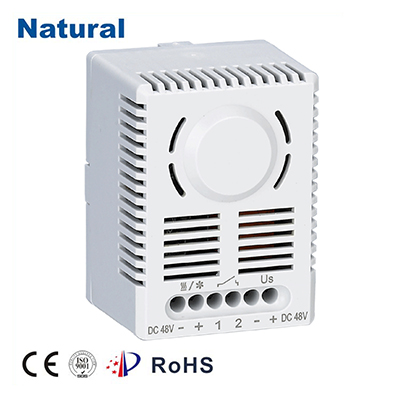In the realm of modern electronics and appliances, the switch temperature protector thermostat plays a crucial role in ensuring the safe and efficient operation of various devices. This small but mighty device acts as a guardian, monitoring and controlling temperature levels to prevent overheating and potential damage. In this article, we will delve into the significance, working principle, and applications of the switch temperature protector thermostat.

The Significance of Switch Temperature Protector Thermostat Temperature is a critical factor in the performance and longevity of electronic components and appliances. Excessive heat can lead to malfunctions, shortened lifespans, and even safety hazards such as fires. The switch temperature protector thermostat steps in as a sentinel against these risks. Its primary functions include: Overheat Protection:The thermostat continuously monitors the temperature of the device or system it is installed in. If the temperature exceeds a predefined threshold, it triggers a switch to disconnect the power supply or activate cooling mechanisms. This prevents critical components from overheating. Energy Efficiency:By maintaining optimal operating temperatures, thermostats contribute to energy efficiency. Appliances like refrigerators and water heaters, for example, can cycle on and off as needed, saving energy and reducing utility bills. Safety Assurance:The switch temperature protector thermostat is a critical safety feature in various appliances, including space heaters, ovens, and electric irons. It prevents these devices from reaching dangerously high temperatures that could cause fires or injuries. How Switch Temperature Protector Thermostats Work The functionality of a switch temperature protector thermostat is elegantly simple yet highly effective. It typically consists of the following components: Temperature Sensor:This component constantly measures the temperature of the device or environment it is monitoring. Setpoint:The thermostat is preconfigured with a setpoint temperature, which is the threshold temperature at which it takes action. Switch Mechanism:When the temperature exceeds the setpoint, the thermostat’s switch mechanism is activated. This switch can either interrupt the power supply or trigger a cooling system, depending on the application. Reset Function:After the temperature returns to a safe range, the thermostat resets, allowing normal operation to resume. Applications of Switch Temperature Protector Thermostats Switch temperature protector thermostats are ubiquitous and find applications across various industries and consumer electronics. Here are some notable examples: Home Appliances:They are integral to the operation of appliances like refrigerators, washing machines, and dishwashers, ensuring that they maintain optimal temperatures while conserving energy. Heating Systems:Thermostats are the brains behind home heating systems, regulating temperature to keep living spaces comfortable and energy-efficient. Industrial Equipment:In manufacturing and industrial processes, thermostats safeguard machinery and equipment from overheating, reducing downtime and maintenance costs. Automotive:They play a vital role in maintaining engine temperatures within safe ranges, contributing to the overall efficiency and longevity of vehicles. Consumer Electronics:Laptops, gaming consoles, and smartphones incorporate thermostats to prevent overheating and protect sensitive electronic components. In conclusion, the switch temperature protector thermostat may be small in size, but its impact is enormous. By diligently monitoring and controlling temperature levels, it ensures the safe and efficient operation of a wide range of devices, from household appliances to industrial machinery. Its role in preserving the functionality and safety of our modern world cannot be overstated, making it an unsung hero in the world of technology and electronics.